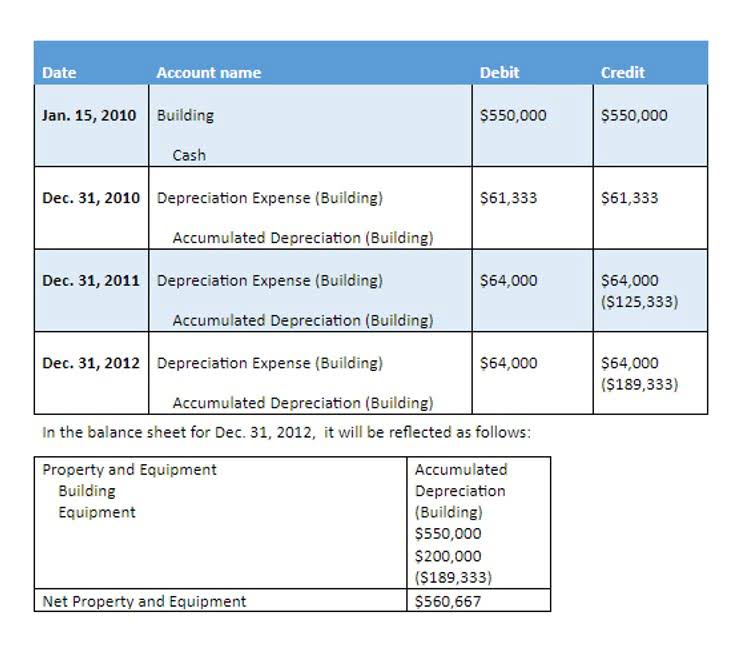
The average collection period signifies the average duration a business requires to collect payments owed by clients or customers. Vigilantly tracking this metric is essential to maintain sufficient cash flow for meeting immediate financial obligations. When calculating average collection period, ensure the same timeframe is being used for both net credit sales and average receivables. For example, if analyzing a company’s full year income statement, the beginning and ending receivable balances pulled from the balance sheet must match the same period. The average collection period is an accounting metric used to represent the average number of days between a credit sale date and the date when the purchaser remits payment. A company’s average collection period is indicative of the effectiveness of its AR management practices.
This could involve setting more stringent requirements for extending credit to customers, such as conducting rigorous credit checks, asking for upfront deposits or shorter payment terms. The terms of credit extended to customers also play an integral part in determining the collection period. A business that offers extensive credit terms, such as ‘net 90 days’, will naturally have a longer average collection period than a business that insists on ‘net 30 days’.
Average Collection Period Consistency
The ACP is a strong indication of a firm’s liquidity over the accounts receivable, which is the money that customers owe to the company, as well as of the company’s credit policies. A short average collection period suggests a tight credit policy and effective management of accounts receivable, which both allow the firm to meet its short-term obligations. To measure the number of days it takes for a company to receive payments for its sales, companies and analysts primarily use the average collection period metric. The average collection period is the primary industry standard for evaluating a company’s accrual accounting procedures and assessing its expectations for cash flow management. The average collection period metric may also be called the days to sales ratio or the receivable days. Generally, the average collection period is an important internal metric used in the overall management of a company’s finances.
This situation could stall necessary business operations, such as purchasing raw materials, paying salaries, or investing in business growth. There may be a decline in the funding for the collections department or an increase in the staff turnover of this department. In either case, less attention is paid to collections, resulting in an increase in the amount of receivables outstanding.
Average Collection Period
These types of businesses rely on customers to pay in cash to ensure that they have enough liquidity to pay off their suppliers, lenders, employees, and other trade payables. Our model unveils the dynamics, depicting that the cost of collections is just a few cents within the credit period. However, as invoices age past 90 days, this cost escalates significantly, reaching $10-$12.

Community reviews are used to determine product recommendation ratings, but these ratings are not influenced by partner compensation. This industry will have a slightly longer collection period because the relationship between the supplier and buyer is built on mutual trust. Previously a Portfolio Manager for MDH Investment Management, David has been with the firm for nearly a decade, serving as President since 2015. He has extensive experience in wealth management, investments and portfolio management. While ACP holds significance, it doesn’t provide a complete standalone assessment. It’s essential to compare it with other key performance indicators (KPIs) for a clearer understanding.
Importance of average collection period
So if a company has an average accounts receivable balance for the year of $10,000 and total net sales of $100,000, then the average collection period would be (($10,000 ÷ $100,000) × 365), or 36.5 days. This is great for customers who want average collection period meaning their purchases right away, but what happens if they don’t pay their bills on time? The accounting manager at Jenny Jacks is going to be watching for this and will run monthly reports to assess whether payments are being made on time.
CECL: Credit Cards and Lifetime Estimation – A Reasonable Approach – Moody’s Analytics
CECL: Credit Cards and Lifetime Estimation – A Reasonable Approach.
Posted: Fri, 28 Sep 2018 01:13:25 GMT [source]
In addition to its role in assessing operational efficiency, the average collection period also has implications for the overall financial health of a business. Predominantly, it is a useful tool for investors and lenders to understand a company’s liquidity position. As was the case with a tighter credit policy, this will also reduce sales, as some customers shift their purchases to more amenable sellers.
According to a PYMNTS report, 88% of businesses automating their AR processes see a significant reduction in their DSO. Automation can also help reduce manual intervention in collection processes, enabling proactive communication with customers and helping in the establishment of appropriate credit limits. A high collection period often signals that a company is experiencing delays in receiving payments. The average collection period is an important metric to consider when looking at your business. A company would use the ACP to ensure that they have enough cash available to meet their upcoming financial obligations.

It means that your clients take a shorter period of time to pay their bills and you have less uncertainty about payment times. The ACP is a calculation of the average number of days between the date credit sales are made, and the date that the buyer pays their obligation. This metric should exclude cash sales (as those are not made on credit and therefore do not have a collection period). A low average collection period indicates that the organization collects payments faster.